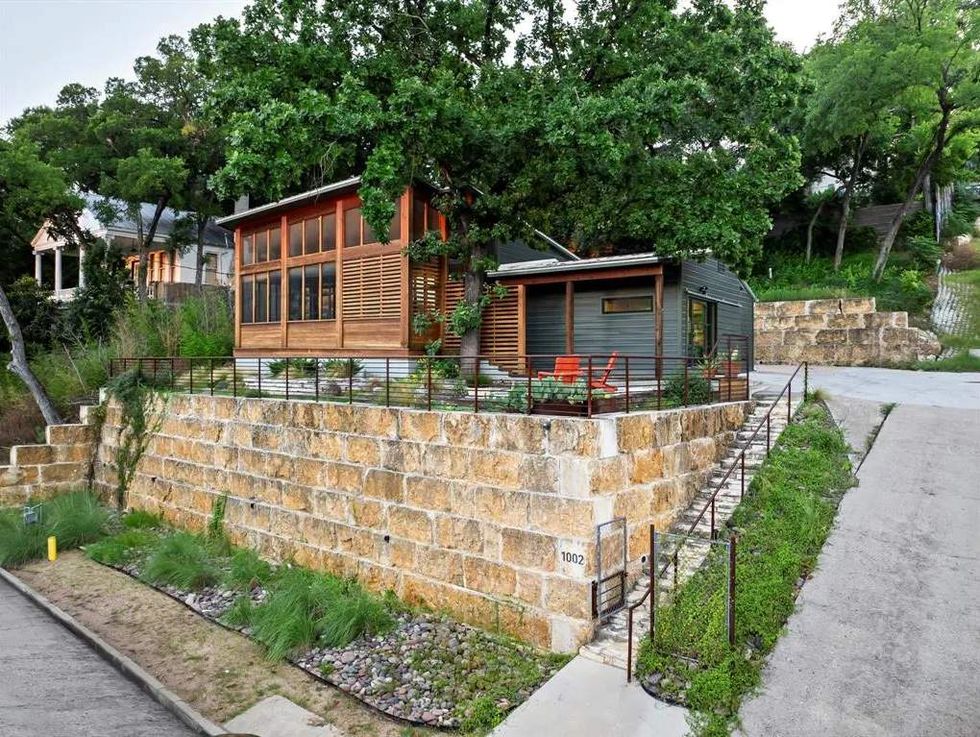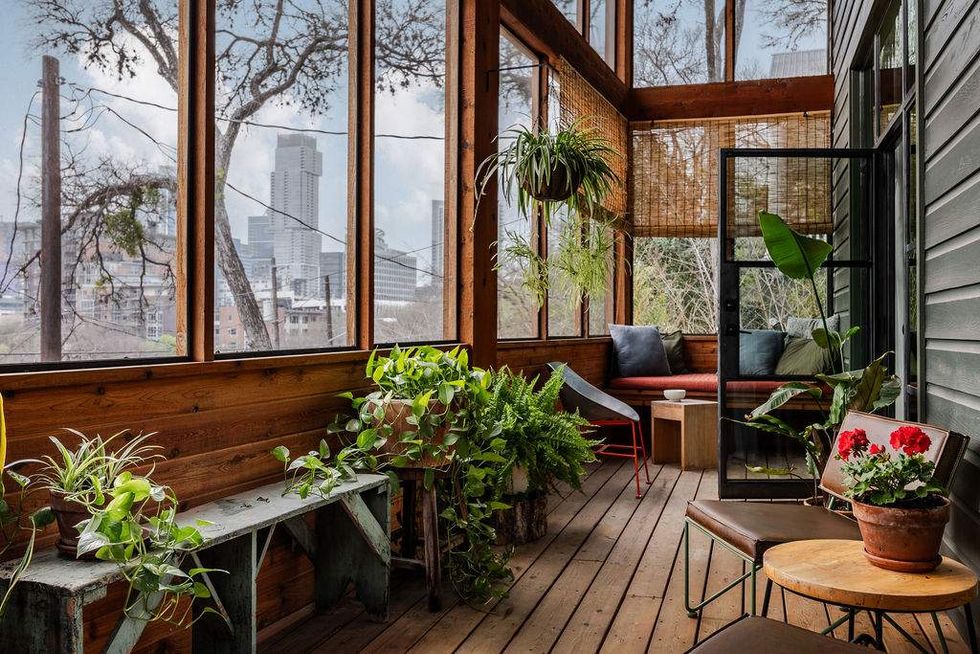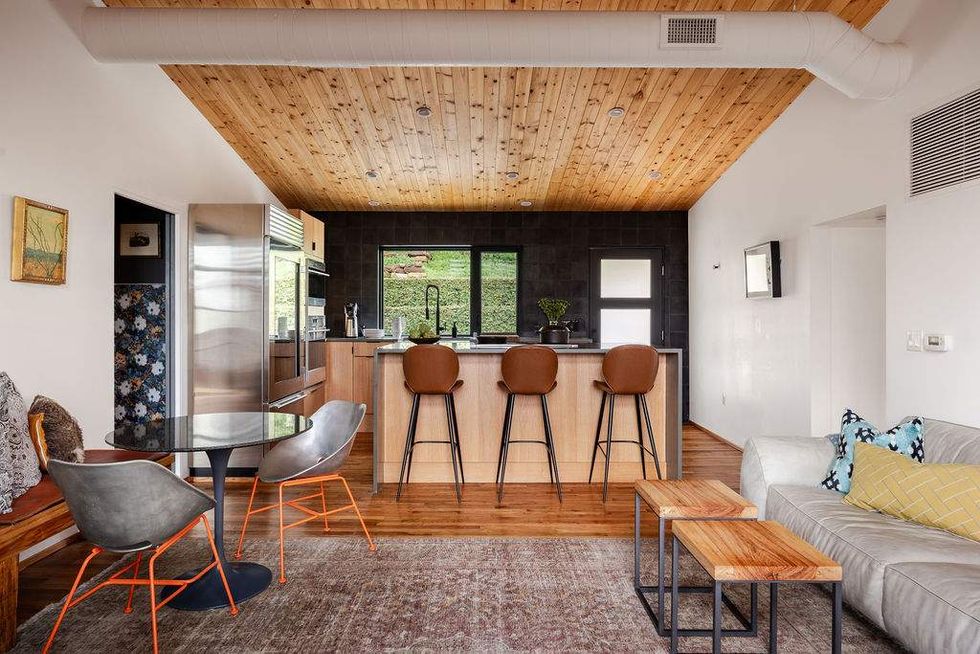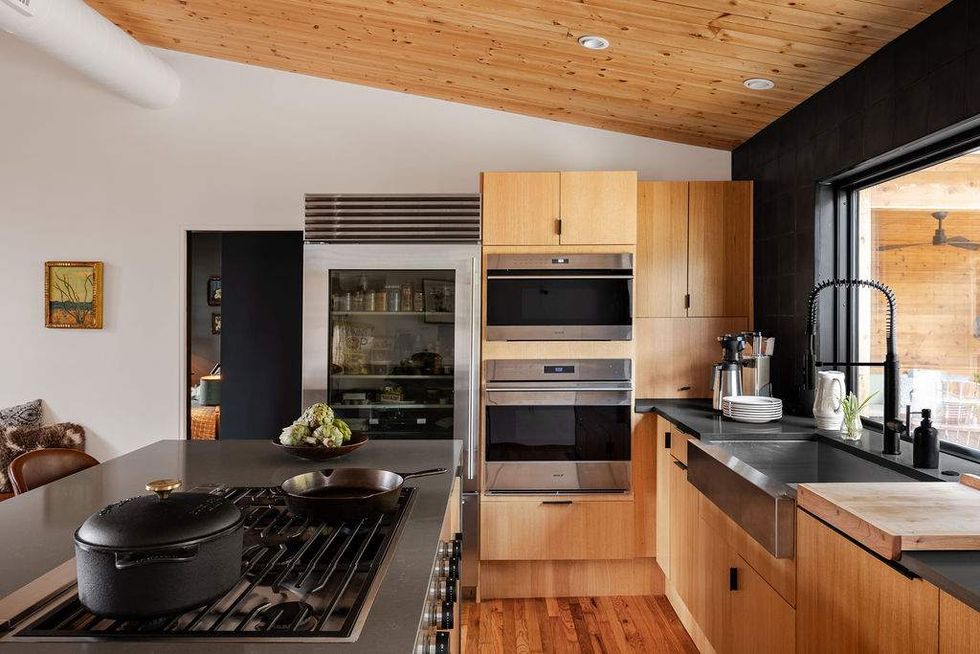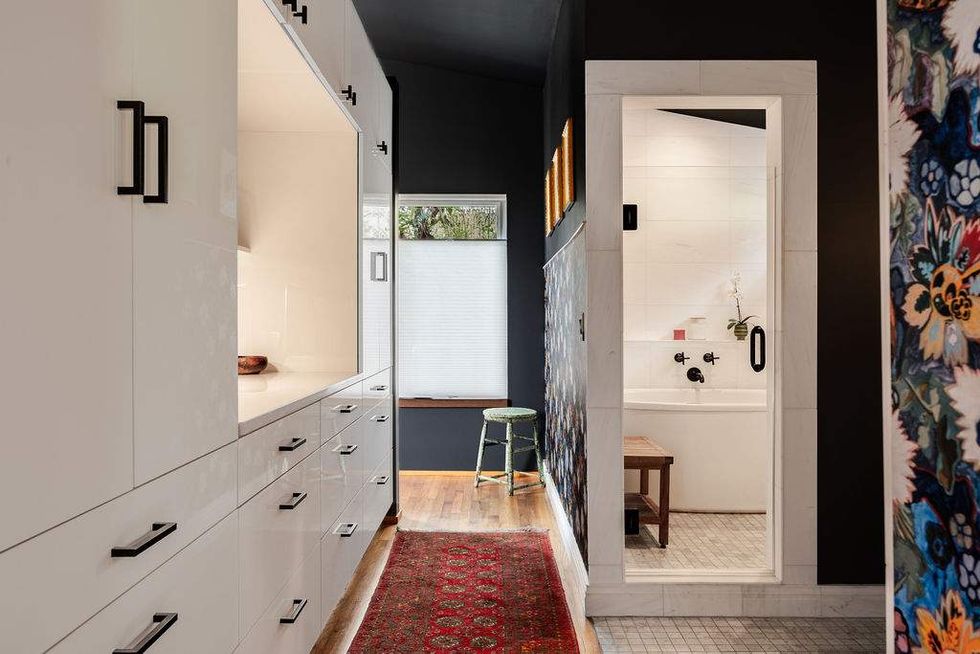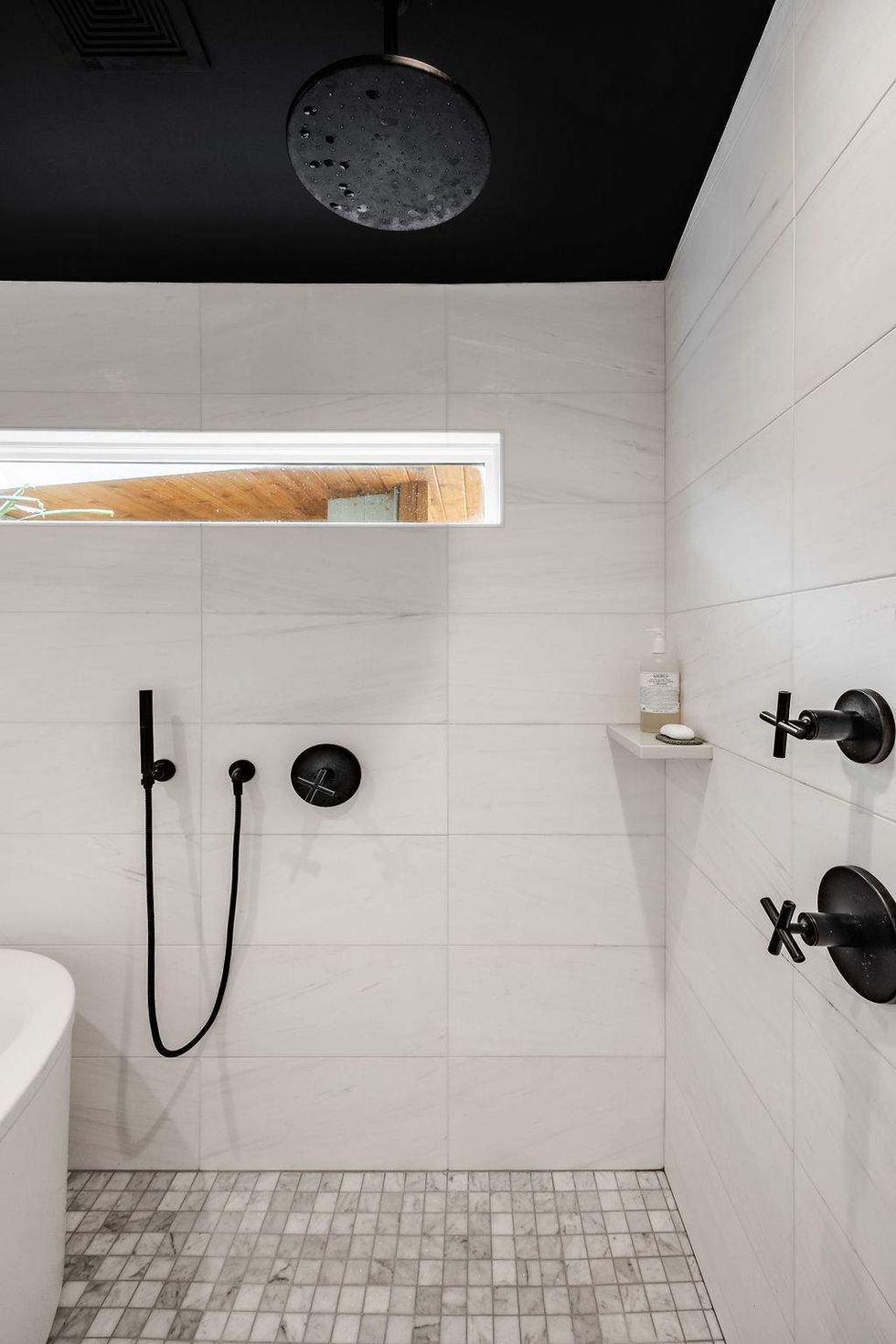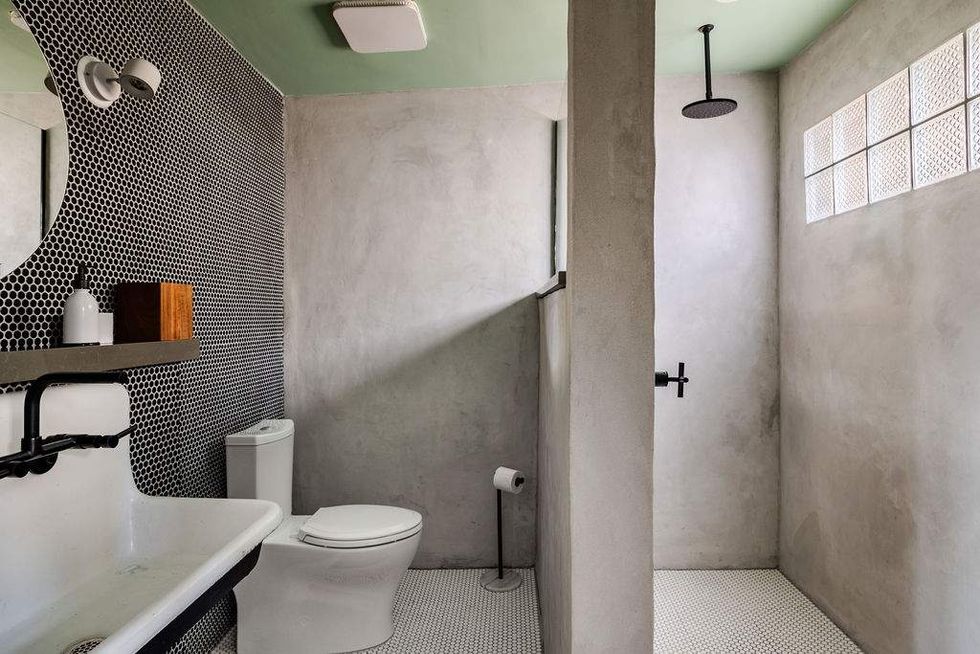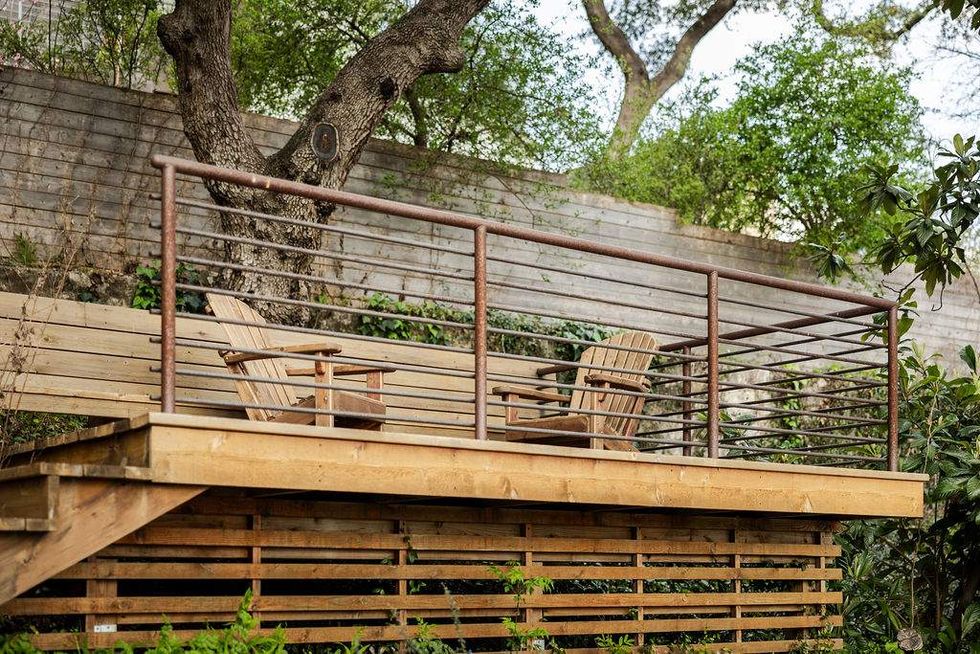Rent Report
Can millennials and baby boomers afford rent in Fort Worth?

It’s often millennials hogging the headlines when it comes to high housing costs and affordability.
But new research from apartment listing service Abodo reveals that it’s far from just young adults struggling to make ends meet for rising rent costs — and that’s especially true for those renting apartments in the Dallas-Fort Worth-Arlington area.
Nationally, though millennials are much more likely to be renters (about 65.5 percent of those aged 18 to 34), only 46.5 percent of them are cost-burdened — meaning they spend more than 30 percent of their household incomes on housing costs.
Renting is no longer only a young person’s game — renters are staying in the market long past their 20s, and many older Americans are choosing to rent in retirement as they downsize. Abodo’s study looks at three broad age categories: millennials, Generation X, and baby boomers.
Although a lower percentage of boomers rent (23.3 percent), almost half of those renters (49.1 percent) are cost-burdened. Such a burden might reflect renting boomers’ fixed incomes, as well as the high cost of assisted living in retirement. Of the three generations, boomers have the lowest median income ($33,000) and the lowest median rent ($890).
Generation X is somewhere in the middle. Just under 38 percent of them rent, which indicates that many have achieved the financial stability to put down payments on houses. (A median income of $44,470 doesn’t hurt.) Of the three generations, Gen X renters have the most expensive taste, paying a median rent of $1,050. Over 44 percent of those Gen X renters face cost burdens.
Geography, naturally, is a huge factor in renters’ ability to afford rent. Overall, millennials in Urban Honolulu, HI, are having the most difficult time: 68.9 percent are cost-burdened. Rents in Florida and California also seem to be problematic for just about every generation, with multiple cities topping Abodo’s lists for MSAs with the most cost-burdened millennials, Gen Xers, and boomers.
Most Texas cities seem to be below the national figures for cost burdens at every generation, following the same basic ranking of boomers being the most burdened, followed by millennials and then Gen Xers.
Dallas-Fort Worth-Arlington sticks to the general trend, but the differences between the generations are less drastic than in other Texas cities. 43.4 percent of millennials are cost-burdened, which is lower than Austin-Round Rock and San Antonio-New Braunfels, but higher than McAllen-Edinburg-Mission and the greater Houston area.
Fewer Gen X renters — 41.6 percent — are cost-burdened, but Dallas still has a greater percentage of them than Austin-Round Rock and San Antonio-New Braunfels. Rents in Dallas — by Abodo’s calculations, the highest of all major cities in Texas, at $1,293 for a one-bedroom — affect the millennial and Gen X renter base pretty equally. This might indicate that Gen X renters leave the rental population when they accrue enough capital to buy homes, leaving lower-earning Gen X renters to face the same cost burdens as their millennial counterparts.
Fort Worth apartments, on the other hand, are renting for $910 a month, and Arlington apartments are lower yet, at $841.
Of the largest metro areas in Texas, the Greater DFW area has the second-lowest percentage of cost-burdened boomer renters (45.9 percent), behind only San Antonio-New Braunfels (45.4 percent).
With millennials putting off homeownership and boomers re-entering the rental market, the nation’s housing supply finds itself at an interesting crossroads. In Dallas, where one-bedroom rents increased an average of 2.5 percent over the first six months of 2017, the problem of cost-burdened renters is especially acute. Will wage growth keep pace with housing costs? And in Texas’s other rapidly growing cities, will supply be able to match rapidly growing demand? Only time will tell.

 1002 Baylor Street is on the market for $1.65 million.Photo courtesy of James H Ruiz Photography
1002 Baylor Street is on the market for $1.65 million.Photo courtesy of James H Ruiz Photography